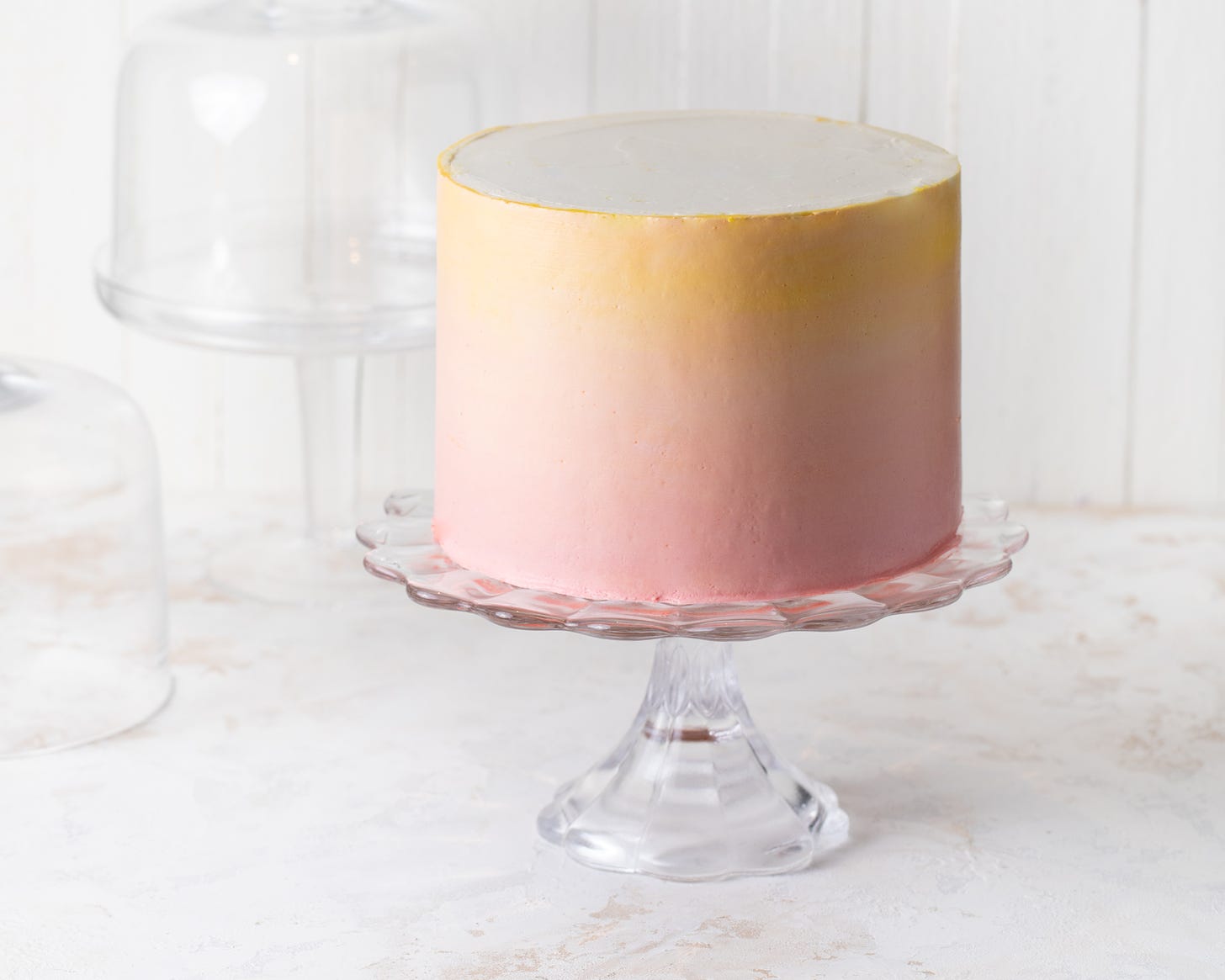The dreamy blend of buttercream on an ombré cake outlasted its trending years and will be a forever classic cake design, in my opinion at least. I first created this cake tutorial back in 2014 when ombré was having a huge moment - from hair to textiles.
8 years later, I’m still swooning over the ombré effect on a buttercream cake. In fact, I love it so much that it made the cover of my book, Icing on the Cake.
After many, many years, please allow me to reintroduce this cake decorating technique with all new photos and a few more helpful hints.
Tools:
Rotating cake stand
Offset spatula
Gel food coloring
Icing smoother
Paring knife
Round piping tip and bag
Get links to all my favorite cake decorating tools here!
Keep reading with a 7-day free trial
Subscribe to Tessa Huff's Bake Club to keep reading this post and get 7 days of free access to the full post archives.





